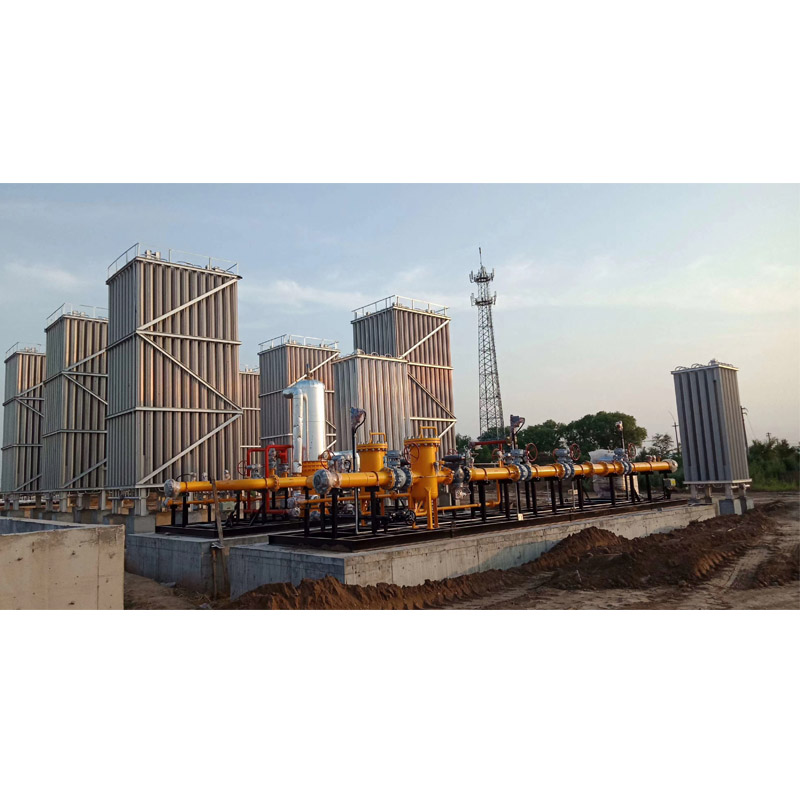
Nov . 10, 2024 19:18
Back to list
Understanding Pressure Relief Devices for Safe Operations and Efficiency
Understanding Pressure Reducing Valves A Comprehensive Guide
Pressure reducing valves (PRVs) play a critical role in various industrial and residential applications, ensuring that fluid systems maintain a consistent and safe operating pressure. As their name implies, these valves are designed to reduce and regulate pressure from a high-pressure source to a lower, usable pressure level. This article explores the significance, working mechanisms, applications, and maintenance of pressure reducing valves.
Importance of Pressure Reducing Valves
The primary function of a pressure reducing valve is to protect downstream equipment from potential damage caused by excessive pressure. Without PRVs, systems such as water treatment facilities, HVAC systems, and industrial machinery may encounter issues like ruptured pipes, damaged components, and compromised safety. By regulating pressure, PRVs enhance safety, improve system efficiency, and extend the lifespan of associated equipment.
Moreover, pressure reducing valves are crucial for energy savings. By maintaining optimal pressure levels, these devices prevent unnecessary energy consumption that often occurs when systems operate above required pressures. This efficiency not only results in lower operating costs but also contributes to environmental sustainability.
Working Mechanism
A pressure reducing valve operates based on a simple yet effective mechanical design. It typically consists of a metal body, an inlet and outlet connection, a diaphragm or piston, and a spring mechanism. The valve is installed in a pipeline, where the high-pressure fluid enters through the inlet.
As the fluid flows into the valve, it acts on the diaphragm or piston, which in turn compresses the spring. The amount of compression determines the output pressure. When the downstream pressure reaches the desired set point, the diaphragm or piston moves to close off the inlet flow partially, thereby maintaining a constant pressure. If the pressure drops below the set point, the valve opens to allow more fluid in. This self-adjusting capability makes PRVs essential for many systems.
.
Pressure reducing valves are employed in a wide range of sectors, including
مخفض الضغط

1. Water Distribution Systems Municipal water supply networks utilize PRVs to ensure that water pressure remains safe for consumers while preventing pipe bursts.
2. Industrial Processes Many manufacturing operations depend on precise pressure regulation to maintain process integrity. PRVs help control the pressure of steam, gases, and liquids, ensuring optimal process conditions.
3. HVAC Systems In heating, ventilation, and air conditioning systems, PRVs are vital for regulating water pressure and ensuring efficient operation of boilers and chillers.
4. Fire Protection Systems Fire protection systems require reliable water pressure for effective firefighting. PRVs ensure that pressure is kept at levels that maximize flow without risking system integrity.
Maintenance and Troubleshooting
To ensure the long-term performance of pressure reducing valves, regular maintenance is essential. Operators should routinely check for signs of wear and tear, leaks, or unusual noise, which could indicate that the valve is malfunctioning. Additionally, the set pressure should be tested periodically to ensure it aligns with operational requirements.
If a PRV is not functioning correctly, it might lead to either excessively high or low-pressure conditions. In cases of high-pressure failure, equipment may be at risk of damage, while low-pressure conditions can lead to inadequate performance in applications like water distribution or industrial processes.
Conclusion
Pressure reducing valves are indispensable components in both industrial and residential fluid systems. By regulating pressure, they protect equipment, enhance safety, improve efficiency, and contribute to energy savings. Understanding their function, applications, and maintenance needs is vital for operators seeking to ensure optimal system performance and longevity. As technology advances, innovative designs and smart features are likely to further enhance the effectiveness of pressure reducing valves, making them an even more critical element in modern fluid systems.
Latest news
-
Safety Valve Spring-Loaded Design Overpressure ProtectionNewsJul.25,2025
-
Precision Voltage Regulator AC5 Accuracy Grade PerformanceNewsJul.25,2025
-
Natural Gas Pressure Regulating Skid Industrial Pipeline ApplicationsNewsJul.25,2025
-
Natural Gas Filter Stainless Steel Mesh Element DesignNewsJul.25,2025
-
Gas Pressure Regulator Valve Direct-Acting Spring-Loaded DesignNewsJul.25,2025
-
Decompression Equipment Multi-Stage Heat Exchange System DesignNewsJul.25,2025

